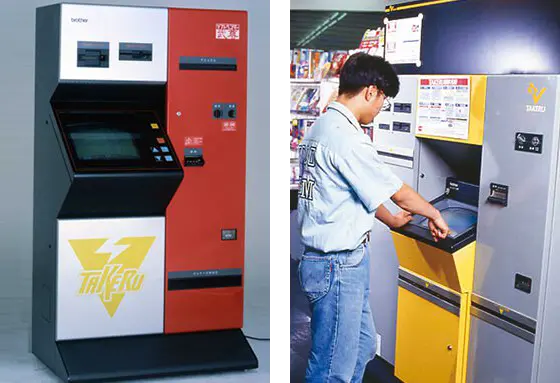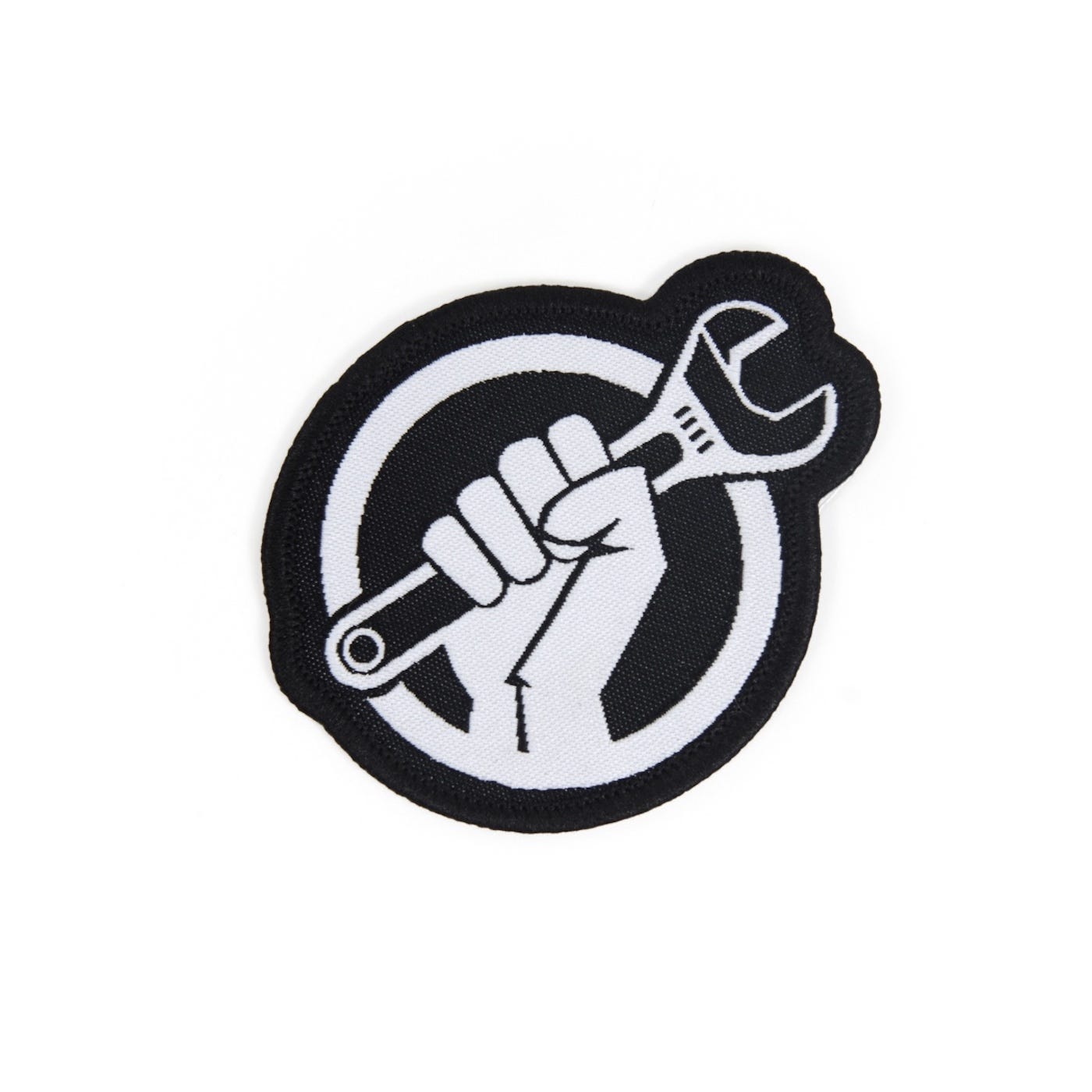Maine Micdrop: Auto Right to Repair Wins 84% Support At Polls
Question 4 in Maine, an auto right to repair measure, passed with an astounding 84% of voters in support. Also: is deconstruction the new norm in construction? And $7k to replace headlights?!?
Maine became the latest U.S. state to give a “thumbs up” to the right to repair movement. On Tuesday, voters in the state approved Question 4, a ballot measure to create a right to repair automobiles. A whopping 84% of voters approved of the measure, which was modeled on a law in neighboring Massachusetts that was passed by ballot measure in 2012, and then updated in 2020.
"By voting yes on Question 4, Mainers have now joined Massachusetts in a growing national movement to update automotive Right to Repair laws for the modern age of connected cars,” said Tommy Hickey, Director of the Maine Automotive Right to Repair Committee. “Automakers are trying to monopolize the market on car and truck repairs but their customers, the voters, are acting overwhelmingly to support their rights to take their cars where they want for their repairs.”

"This victory ensures that Maine families will continue to be able to rely on their local repair shop, who knows them and their vehicle and provides great value," Tim Winkeler, president and CEO of VIP Tire and Service of Auburn, said in a statement.
The victory in Maine follows a similar lopsided victory in Massachusetts in November, 2020, when voters approved an expansion of that state’s auto right to repair law by a vote of 74% to 26% - despite the auto industry pouring tens of millions of dollars into a “No” campaign that featured ‘scare-em’ ads suggesting that a Yes vote would open car owners homes and vehicles to criminals and stalkers.
After a loss at the polls, automakers sued to block implementation of the Massachusetts law, with a case that has been tied up in Federal District court in Massachusetts for more than three years with no decision. (Read our interview with Alison Eggers an attorney at the law firm Seyfarth about what’s at stake in the case from way back in 2021.)
A similar could await the Maine law, said Hickey, with the future of Question 4 not guaranteed.
“We’re preparing for the other side to sue us and tie us up in court,” Hickey told Fight to Repair News.
Home Demolition? That’s _so_ 20th century!
Denver's Waste No More ordinance is aiming to recycle and reuse materials from construction as an alternative to demolition. Deconstruction is a method that takes apart buildings with the goal of reusing or recycling components, potentially reducing landfill waste and lowering the greenhouse gas footprint associated with creating new materials.
Whether its wood, metals, or masonry—this approach to salvaging usable pieces of buildings is a recognition of the value building materials offer, and a reckoning with the problems associated with continuing to line landfills with the innards of old buildings.
Much like repair, the success of the ordinance relies on growing a deconstruction ecosystem and creating strategies for converting reclaimed parts of buildings into usable materials. We have seen many limitations and barriers when it comes to repairing things as small as electronics, so any transition from demolition to deconstruction at scale will faces challenges.

Don’t be trashy
The infrastructure we take for granted every day from houses, to apartment buildings, stores, roads, and more make up what is termed the built environment—which contributes to roughly a third of U.S. carbon emissions. As for the waste associated with buildings, (and this won’t come as a surprise) the U.S. Environmental Proctection Agency notes that construction of a building only generates 10% of the waste associated with its lifecycle, whereas demolition accounts for the other 90%. In recognition of this reality that we shouldn’t trash fully usable materials, Denver residents passed the Waste No More ballot initiative passed with 70% of the vote.
Sec. 48-139. Construction and Demolition Requirements for Recyclables Collection
(a) All construction and demolition activities subject to city permit should separate and recycle, at a minimum, all readily-recyclable concrete, asphalt, clean wood, scrap metal and corrugated cardboard. Other materials may be added to this list by the Department of Transportation and Infrastructure as recycling opportunities expand, effective June 1, 2023.
This movement to be conscious of our building waste isn’t a new phenomenon either. Nonprofits like the ReBuilding Center acts similarly to a tool library but also takes donations of materials that would otherwise get trashed. Companies like The Birch Group dealing specifically in deconstruction plus Scrapbox Salvage which is store that sells reused building materials—both in Minneapolis, Minnesota. Narratives around “urban mining,” where metals are salvaged from urban settings rather than being extracted from the earth, have also sprung up in recent years as a strategy to reduce the need for new materials.
Building deconstruction and right to repair are intertwined, sharing a common purpose. Both require strong policy frameworks to create lasting change. And like the right to repair, the push for sustainable building practices reflects a broader understanding of the need to preserve valuable resources that already exist to begin to solve our deadly waste problem.
Other News
Excessively expensive tail lights, which could cost as much as $7,000 to replace on the Cadillac XLR is drawing fire from customers. Although the model is a more affordable luxury sports car (relatively speaking), its fragility, difficulty to repair and limited availability of replacement parts due to the car's low production numbers and intricate design.
Brother Industries created the world's first app store in the 1980s, known as the "Soft Vendor Takeru," which allowed users to download software directly to floppy disks using a vending machine long before online updates were the default. This approach to software distribution disrupted the traditional model of selling software in physical packages in brick-and-mortar stores, democratizing software distribution and providing opportunities for indie developers. Brother’s vending machines illustrates how manufacturers used software to control and how moving away from traditional methods and introducing new technology to facilitate software access and distribution.

Advocates in New Zealand want to combat the disposability, promote sustainability, and move toward a circular economy, arguing their nation needs to catch up and discusses measures like repairability labeling, financial incentives for repairs, and changes to existing laws, such as copyright laws, to promote repairability and sustainability while countering environmental issues and overconsumption.
The United Repair Centre London (URC London) has opened in Haringey, offering high-quality clothing repairs and employment training for individuals facing employment challenges, in collaboration with Fashion-Enter and Patagonia. URC London plans to handle 30,000 repairs per year by 2025 and aims to promote conscious consumption and sustainability within the fashion industry by extending the life of clothing items.
A recent test of charging cables found that an Amazon Basics USB-C cable priced at $6.55 outlasted other more expensive options, enduring more than 11,500 bends without breaking. In comparison, cables from Apple and other brands failed to perform as well in durability tests, making the Amazon Basics cable a cost-effective and reliable choice for most users, says Consumer Reports.

YouTuber Hugh Jeffrey’s gives us a history lesson in Apple’s actions that have impacted repairability over the years, starting from the introduction of pentalobe screws in 2009 and continuing through issues related to batteries, security features, and software locks. Here’s the timeline
2009: Pentalobe screws included on products, which made it difficult to access device internals.
2012: Riveted keyboards in the MacBook, reducing user-repairability.
2012-2015: Glued-in batteries in laptops introduced.
2013: Introduced software-paired components, such as the touch ID sensor.
2015: Introduction of soldered storage in MacBook laptops.
2016: Solid-state version of iPhone home button makes repairs challenging.
2017: iPhone 8 "true tone" feature could disable a display replacement.
2017: Apple admitted to slowing down older devices as their batteries aged.
2018: Battery health information on replacement batteries became disabled.
2019: Introduction of hardware-paired SSDs in the Mac Pro.
2021: Face ID disabled after a display replacement in the iPhone 13.
2021: Glitchy front cameras and removal of auto-brightness after part replacements.
2023: Apple backed a right-to-repair bill in California.
Looking for a fix: Canadian bill boosts right to repair movement: Bill C-244 addresses the "planned obsolescence" of appliances by allowing individuals and repair companies to break digital locks for software fixes. The proposed legislation comes amidst concerns about affordability and sustainability and a growing, international push for repairability, the CBC reports.
The Right to Repair: A tale of laws, loopholes and the fate of your phone: Many manufacturers have made sure their products have the shortest life possible through tactics such as planned obsolescence and discouragement of third parties or self-repair. Things are slowly, but finally, changing, and some governments are starting to establish the “right to repair” devices without having to jump through hoops or risk a lawsuit. But is this a true paradigm shift, or is it just another challenge that original equipment manufacturers (OEMs) will find a subtle way to overcome by tiptoeing around it?
Judge dismisses privacy lawsuit over cars harvesting driver data: A federal judge upheld the dismissal of a class action lawsuit alleging automakers unlawfully collected and recorded car owners' text messages. The lawsuit involved claims against Honda, Toyota, Volkswagen, General Motors, and Ford for recording and intercepting car owners' private text messages and call logs via infotainment systems. The judge ruled that the claims did not meet the statutory injury requirement of the Washington Privacy Act (WPA), which requires plaintiffs to allege injury to their person, reputation, or business. Privacy advocates argue that automakers need to do more to protect user data in their infotainment systems.





